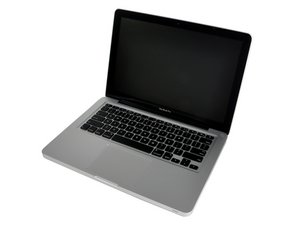Converting my SSD from Journaled HFS+ to APFS
Hi there,
A few months back I installed a new SSD in my 13” MacBook Pro Mid 2012. I used the kit offered here on ifixit and followed the steps to a T. I found it strange afterwards that I was unable to re-encrypt my hard drive, but thought nothing of it at the time. Yesterday, I tried to download the newest version of macOS Mojave. When I clicked on my hard dive to install, I received an error message stating that “this volume is not formatted as APFS”.
I’ve done a little reading on APFS online to see what the issue is. Apparently my new SSD was formatted as Journaled HFS+. I have seen a few guides on how to convert from Journaled HFS+ to APFS. My question, however, lies with data recovery. Converting from Journaled HFS+ to APFS requires that one erases their hard drive. I have everything saved on a Seagate Plus Slim external hard drive. It too, however, is formatted as Journaled HFS+.
If I erase my internal SSD and covert it to APFS, how do I ensure that the data backed-up on my external hard drive will transfer back to my Mac properly? Do I need to convert my external hard drive to APFS as well? If so, what are the risks associated with doing so?
I look forward to hearing from y’all.
Best,
C

 4
4  1
1 
 970
970 
2条评论
What is the drive you installed an Apple or OWC SSD?
由 Dan 完成的
@danj It's a MX500 2.5-inch SSD. I purchased it directly from iFixit: MacBook and MacBook Pro (Non-Retina) SSD Upgrade Kit.
由 Charlie 完成的